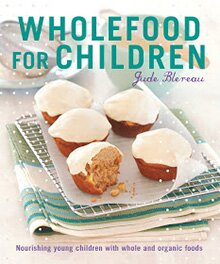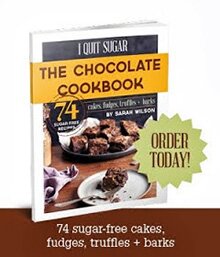Guacamole is one of my favourite foods. This is probably because it’s made up of avocado, which is one of my favourite foods for taste, texture and nutritional talents. Think about these issues you may regularly struggle with, and see how avocado can help.
1. My beans are boring. *add avocado
2. I don’t know what to put on my toast. *avocado
3. My smoothie is not creamy enough. *add avocado
4. My skin is dry and I need to improve my lipid profile. *eat avocado
I could go on, but you get the idea, and I have spoken about the wondrous benefits of avocado before here. Today I’m focusing more on gut health.
Introducing Slippery Elm Powder
For those who are not familiar, slippery elm powder (SEP) is the ground inner bark of the slippery elm tree. It is a mucilage, meaning that it is hydrophilic and is able to trap water where it then swells and becomes like a gel. Once consumed, this gel is broken down by the gut bacteria and has a soothing effect on gastrointestinal inflammation, irritation and for conditions such as diarrhoea, gastritis, reflux, peptic ulcers and Irritable Bowel Syndrome. SEP has a traditional usage as a nutritious ‘gruel’ for children, and no wonder given it contains vitamin C, zinc, magnesium, iron, potassium and B vitamins. On top of this, you can also use it topically to soothe wounds, burns or inflamed skin, and to draw out boils or abscesses. Cool! I recommend it in clinic for anything from mastitis (topically) to IBS.
I suppose the catch is that it’s not amazingly palatable. But don’t let that stop you, there are some tricky ways around it. You can try mixing 1/2 a teaspoon with a little warm water to make a paste, then
…

















